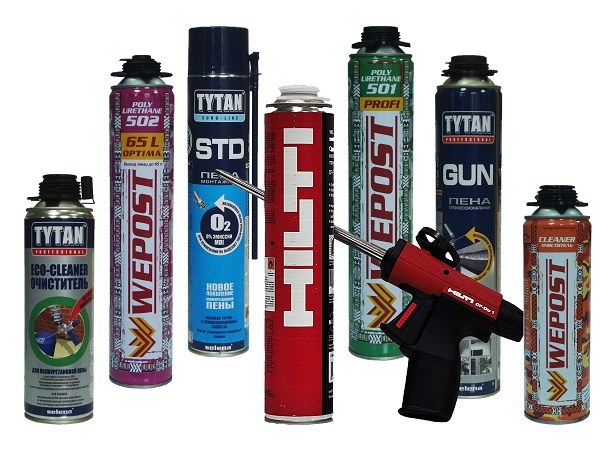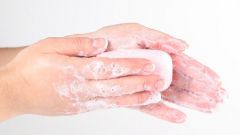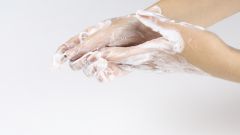Instruction
1
Polyurethane foam is a polyurethane sealant that comes in the form of aerosol cans from the 70-ies of the last century. The ease of use, excellent performance of sealing and adhesion to surfaces, it quickly became one of the most popular materials used in construction. Professional installers to clean clothes and hands from the traces of foam use special cleaners, heated oil, wire brush or pumice, warm saline solutions, but to a greater extent these methods are suitable for removal of foam from the skin.
2
Fresh foam from clothes can be removed with a scraper or razor blade. However, to completely get rid of the traces does not work, because it will stain. In no case should not be used for the removal of a common solvent, as it will only allow the foam to penetrate deeper into the fabric. You should use a special solvent to foam, which is usually sold in DIY stores. Ethyl acetate in their composition easily dissolves the components of the foam. To remove stains, apply the cleaner on the marks of dried foam, and after 10-15 minutes, clean with tissue or cloth. Be careful, make sure no solvent gets on the skin and mucous membranes.
3
For delicate fabrics, sensitive to solvents, suitable pharmacy drug Dimexidum. Is a concentrate for preparation of solution applied topically with painkillers. However, its chemical properties allow it to fight not only with pain but also with traces of foam. To get rid of stains, apply the concentrate Dimexidum on the contaminated place and wait until the dried foam will not turn into an elastic substance, and then remove it with a razor blade or other thin metal plates. Take precautions and avoid contact with Dimexidum on the exposed areas of the skin, as in concentrated form it may cause irritation.
Note
If the solvent still hit the skin, immediately rinse it with warm water and soap.
Useful advice
Try to buy the foam and cleaner one firm, because of the chemical composition of foam from different manufacturers can vary.









